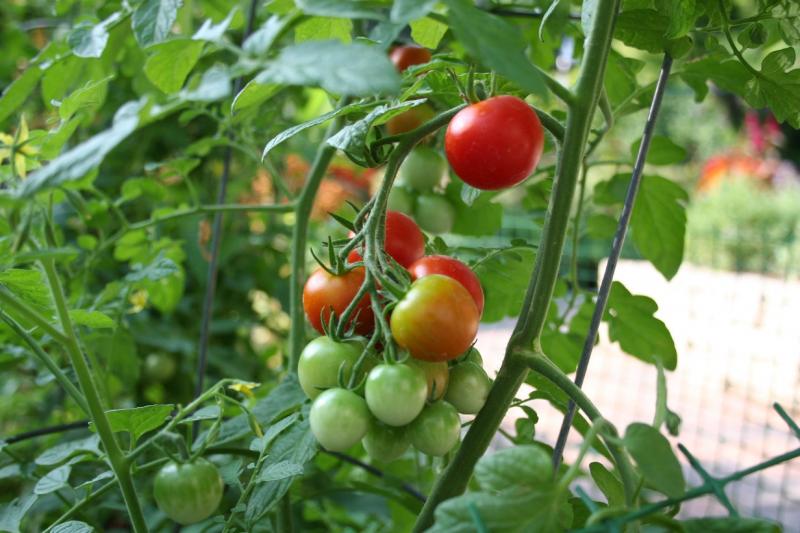
Getting The Best Out Of Your Garden
By Rohini Makwana
Knowing where your food comes from can make you feel more confident about consuming it. There is nothing better than biting into a piece of fresh, succulent and flavourful vegetable or fruit. The vitamins and minerals found in fresh vegetables and fruit are significantly positively effective to your body.
Growing your own fruit and vegetables is a lot easier and less time consuming than it sounds. Not only is it highly satisfying it is also extremely healthy and enjoyable. Here is a simple guide to growing some basic vegetables and fruit in your home and garden.
Aubergines, Chillies & Sweet Peppers
These are ideal plants for pots with a propagator and handily grow in the same way. Place the pots somewhere they have can soak up the sun light. The process for sowing, germinating and potting is the same for all three.
Fill a 7.5 centimetre pot with seed compost, level and tap to settle. Then scatter the seeds in your chosen variety. It is worth putting in more seeds than you need in case of losses. Cover the pot(s) with a thin layer of vermiculite and water. Finally place a plastic bag over the top, secure with a rubber band. You may find it easier to identify the seeds by labelling the pots.
Your soon to be delicious vegetables should begin to sprout within a week. Once this happens, remove the bag and place on a windowsill with easy access to warm light.
As the seeds grow change to larger pots to allow more room for growth. When plants reach about 20 centimetres tall give them some support plant by placing friendly wire into the plant then secure them garden twine. When the plants have grown to about 30 centimetres, pinch out growing tips to increase branching.
Aubergines, chillies and sweet peppers can be grown and harvest in the spring. However, summer is the best time of year to grow and harvest them as the sunlight and warmth helps them grow.
Strawberries
Strawberries are a sweet and juicy fruit that is can also be very versatile. They can be grown in the garden, in a large pot or even in a hanging basket and can be grown nearly all year round.
Six is a good number of seeds to purchase as they need space to grow on the plant, don’t forget they will multiply in the growth process. Equally place three seeds in a grow-bag, pot or patch in your garden that is twelve inches deep in soil. Water then wait, it’s as simple as that.
Keep the soil moist throughout the growth. The best time to plant strawberries is between April and June as these months provide the best temperature for them to grow in. However there are no objections for you to plant them now.
Apples
Use several seeds from an apple, wrap them in a damp paper towel then place the towel in a plastic bag. Leave this for a few weeks to allow the seeds to germinate, ensuring the best results. Once the seeds have germinated, place them into compost of approximately one to two inches deep.
Given plenty of light and water, apple trees grow in almost any well drained soil and can grow all year round. There are three main sizes of trees; the dwarf grows from five to eight feet high, semi-dwarf rises between 10 to 20 feet and standard matures to 20 to 25 feet tall and wide. Dwarf and semi-dwarf are good choices for most people; they take up less room and bear fruit at a young age.
Figs
Figs are a delicious way to taste the sweetness of the Mediterranean, in the comfort of your own home. They can be grown as trees outside of in plant pots around your home.
Sheltered and sunny positions give the best conditions for figs to grow in. Prior to planting your fig seeds, incorporate a generous amount of garden compost into the planting hole. Use support wires to keep the plant in an upright position. Ensure there is plenty of space for the figs as their growth is vigorous and can be restricted even quicker. Place an open bottomed brick or concrete under the base of your plants or add a six inch layer of broken stone into the base of the pit. This will help the keep the necessary amount of moisture in your fig plant. Fig plants grow to a maximum height of three metres and width of four metres.
These fresh fruit and scrumptious vegetables are a fantastic way to eat more healthily. Enjoy your spare time in the peaceful confines of your garden and discover more about simple ways of growing your own fruit and vegetables.
Share this article:




















